Population 30 (2013 estimate) Postcode district DT | Architect William Martyn | |
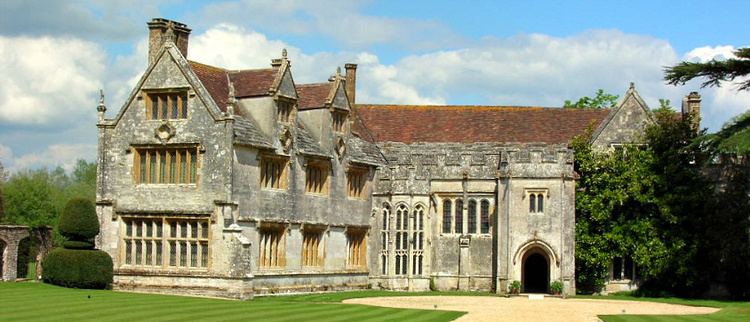 | ||
Similar The Tutankhamun Exhibition, The Keep - Dorchester, Abbotsbury Subtropical Gardens, Kingston Maurward House, Maiden Castle - Dorset | ||
Athelhampton dorset 19 07 2013
Athelhampton (also known as Admiston or Adminston) is a settlement and civil parish in Dorset, England, situated in the West Dorset administrative district approximately 5 miles (8 km) east of Dorchester. It consists of a manor house and a former Church of England parish church. Dorset County Council's 2013 mid-year estimate of the population of the civil parish is 30.
Contents
- Athelhampton dorset 19 07 2013
- Manor
- Athelhampton Hall
- Parish church
- Railway locomotive
- Film location
- References
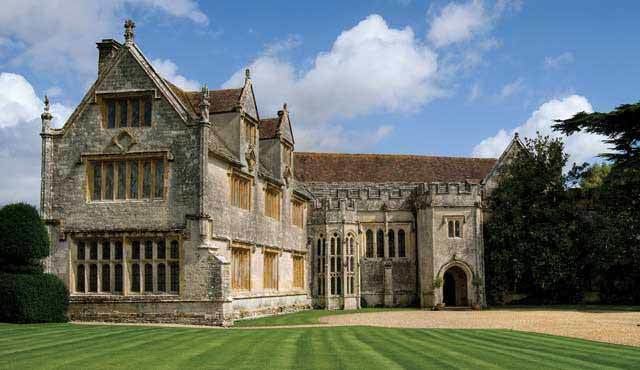
Manor
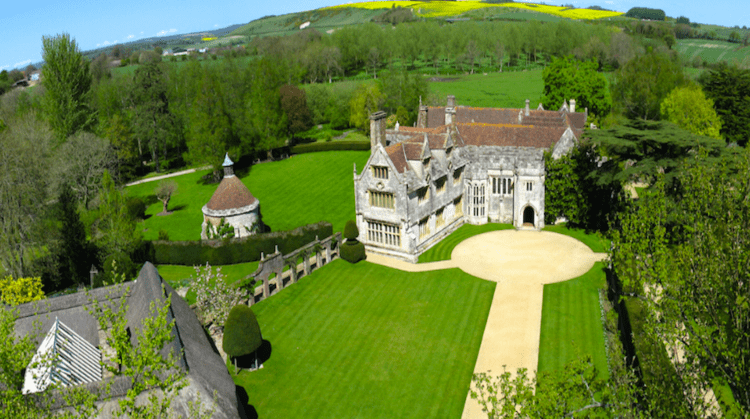
The Domesday Book records that in 1086 the Bishop of Salisbury, with Odbold as tenant, held the manor, then called Pidele. The name Aethelhelm appears in the 13th century, when Athelhampton belonged to the de Loundres family. In 1350 Richard Martyn married the de Pydele heiress, and their descendant Sir William Martyn (who was Lord Mayor of London in 1492) received licence to enclose 160 acres (65 ha) of land to form a deer park and a licence to fortify the manor.
Athelhampton Hall

The hall is a Grade I listed 15th-century privately owned country house on 160 acres (65 ha) of parkland. The gardens are Grade I listed on the Register of Historic Parks and Gardens. It is now open for public visits.
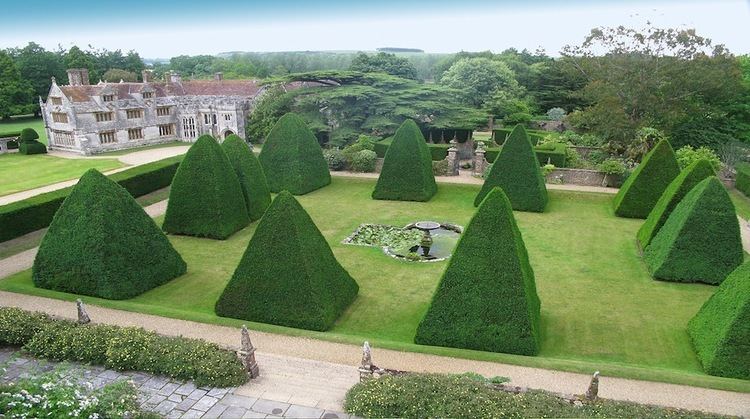
Sir William Martyn had the current Great Hall built in about 1493. A West Wing and Gatehouse were added in 1550, but in 1862 the Gatehouse was demolished. With the death of Sir William Martyn, his son Nicholas Martyn married Margaret, sister to and a co-heiress of Nicholas Wadham, co-founder with his wife Dorothy of Wadham College, Oxford. When their sons predeceased them the male line of the family became extinct and Athelhampton passed to their surviving daughters as co-heiresses.The couple's monumental brass, showing them kneeling between an escutcheon with the ancient arms of FitzMartin (Argent, two bars gules) impaling Wadham survives in St.Mary's Church, Puddletown. The three sons who predeceased them kneel behind their father. To the right is Nicholas Martyn's wife, Margaret Wadham, behind who kneel their seven daughters, of whom only four survived as co-heiresses. Among the fine stained glass at Athelhampton are the Arms of Wadham (Gules, a chevron between three roses argent). Sir Robert Long bought Athelhampton House in 1665 from Sir Ralph Bankes. In 1684 an attempt was made by the court to sequester the estate from the then owner, James Long Esquire (son of Sir James Long, 2nd Baronet), to recover a debt, but this seems to have been unsuccessful. The estate passed down through the Long family to William Pole-Tylney-Long-Wellesley (Viscount Wellesley, later 5th Earl of Mornington), who sold it in 1848 to George Wood. In 1891, the house was acquired by the antiquarian Alfred de Lafontaine, who carried out restoration to the interior and added the North Wing in 1920–21.
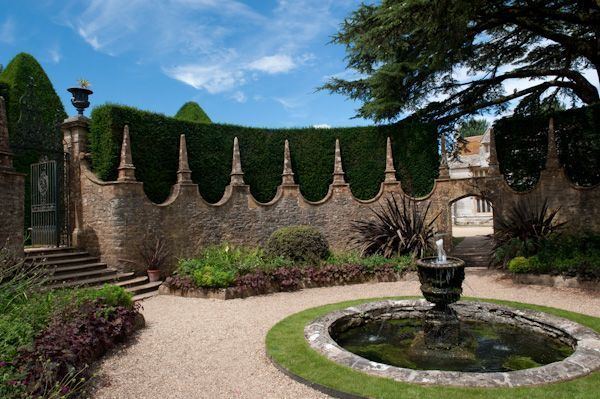
At the same time de Lafontaine engaged Inigo Thomas to create one of England's great gardens as a series of "outdoor rooms" inspired by the Renaissance. 20 acres (8.1 ha) of formal gardens are encircled by the River Piddle, and consist of eight walled gardens with numerous fountains and pavilions, plus a balustraded terrace, statues, obelisks and vistas through gate piers. Great Court contains 12 giant yew pyramids set around the pool by the great terrace. The lawn to the west has an early 16th-century circular dovecote, and the south terrace features a vast Magnolia grandiflora and a Banksian rose. Pear trees cover the old walls and support roses and Clematis.
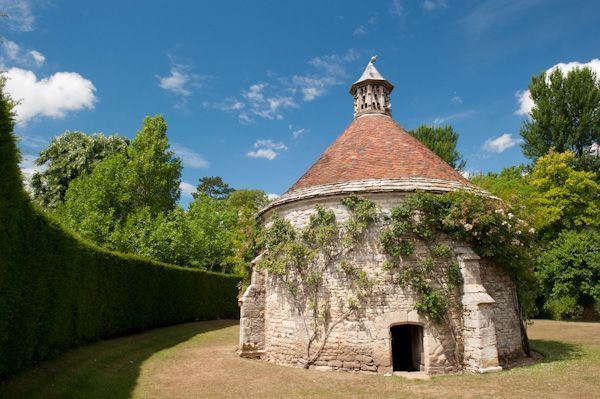
The house was regularly visited by Thomas Hardy; his father was a stonemason and worked on the house. It was during this time that Hardy painted a watercolour of the south front including the gatehouse. Hardy set the poem "The Dame of Athelhall" at the house and his "The Children and Sir Nameless" refers to the Martyn tombs in the Athelhampton Aisle at St Mary's in neighbouring Puddletown.
Athelhampton has been owned by three generations of the Cooke family, the present owners. A serious fire in late 1992 destroyed most of the attic and first floor of the south wing. Investigation after the fire indicated that the layout of the rooms on the first floor, built as a service wing, had been altered since the building's inception. A life-size sketch of a classical fireplace was also revealed on the plasterwork behind panelling over an existing fireplace.
Athelhampton's commercial interests including some pubs and restaurants in Dorset are run by a partnership between Patrick & Andrea Cooke, the present owners, and Owen Davies. The Martyrs Inn in the historic village of Tolpuddle 1.6 miles (3 km) away has high-profile links with Athelhampton.
Parish church
Across the A35 road is the former Church of England parish church of St John, built in 1861–62 to move the old parish church away from the house. St John's was designed by the Dorchester architect John Hicks, who employed Thomas Hardy at the time. The Diocese of Salisbury declared St John's redundant in 1975, after which it fell into disrepair. The church, its pews and most of the graveyard were bought in 1984. It is now used by the Antiochian Orthodox parish of St Edward King and Martyr. A congregation worships at services at the church every Sunday.
Railway locomotive
Great Western Railway steam locomotive 6971 Athelhampton Hall was one of the 71 Modified Hall Class locomotives used for passenger and freight in south and southwest England. British Railways withdrew 6971 from service in October 1965 and she was scrapped. The locomotive's nameplates are displayed at Athelhampton.
